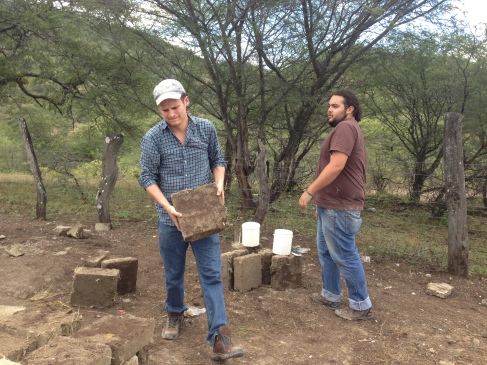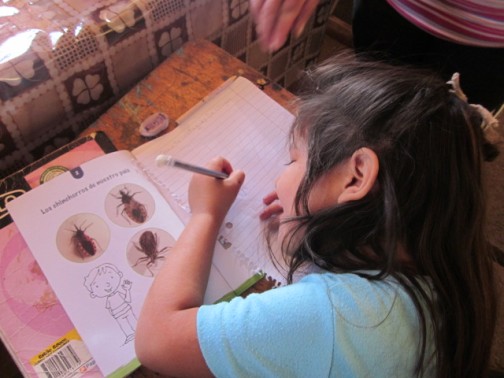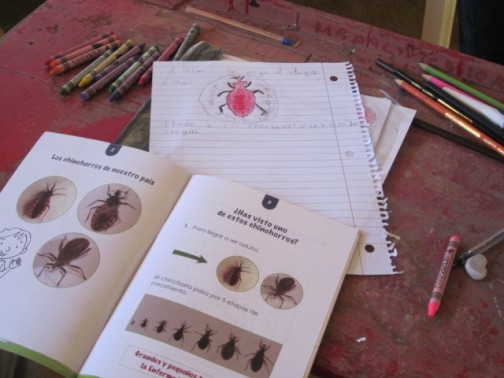As I sit here and think about how incredible of an experience I have had during this summer with the Healthy Living Initiative; the most recent experience continues to resonate, which was my brief return to Cariamanga. It was a bittersweet good-bye to the rest of the group knowing that the main part of the summer was complete, but I would see all my new friends and colleagues back in Athens, a place so dear to my heart, in just a few short weeks.
The trip back to Cariamanga was uneventful, which for any traveling, is good traveling. It was a good flight, and when we arrived back in Cariamanga it was such a good feeling to be back there. I had grown so attached over the previous eight weeks and felt so comfortable being back. I was also very excited to get back to work in the communities. By the time I arrived back in Guara on Monday, I felt as if I had missed more than just 10 days worth of work. So much had happened!
Don José’s house that I had previously known was no longer there, and there was only a flattened piece of land with the areas for the foundation already excavated, and ready to be poured. The crew had been working hard to get this all ready, and they would continue working hard while I was there with them as well.
Also, the “playground” of the school where I had previously made school tire gardens was no longer there. The gardens were doing well, however the Ecua-volleyball court had been temporarily displaced and now there was a flat, fenced in space for drying the adobe bricks they had been making, and we were going to continue to make to complete the house for Don José and his family!
The brick making process is a very physically intense process, however it was a lot of fun! It was a very good group bonding experience and I was really able to spend a lot of quality time with Lucho, Don José and several of his kids during this process, from sifting clay, to mixing the clay and water in the pit that was made and then adding the straw binder to the whole mix to make the final material that we would place in the forms and then leave to dry.
It was much more than just making bricks, we spent hours, laughing, joking and telling stories about our lives to each other. There were even days when friends and community members of other areas such as Bella Maria came up to help!
Also, being able to share meals with the family was so wonderful and the food was delicious! Doña Hilda is an amazing cook! I was able to spend some breakfasts, every lunch, and most dinners with Doña Hilda and the family during my extra week and a half in Cariamanga, which made it even more personal helping with the construction of the house. I was even invited to help cut sugar cane, and make “panela”!
Panela is a raw block of sugar, which is made by harvesting the cane, extracting the juice and cooking down the liquid until the raw sugar block remains.
In this process you are able to add various things as well for texture or flavor, and we chose to add ground peanuts to one batch!
Each activity, each meal and each day that passed I felt more and more a part of this amazing family and so proud and fortunate to have the opportunity to be a part of their lives. It was such an incredible experience that they allowed to me to be a part of the building process, and be with them during such an emotionally challenging experience.
I am very sad to be leaving Don José and his family, however it makes me even more excited to know that I will be back in Cariamanga, in just a few (9) months and I will be able to see them again! For now I must focus on getting everything ready for the next few months back in Athens to be able to better benefit the communities of Cariamanga when I return next year. As well as for future endeavors of the Healthy Living Initiative!
-Charlie
Charlie Fulks is a first-year International Development Studies graduate student at Ohio University. He will be spending the next two years working closely with the TDI on all their future endeavors.
























































